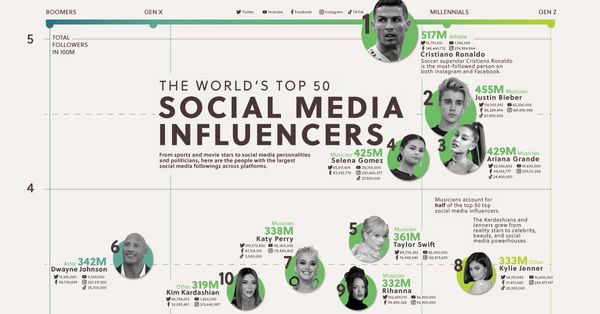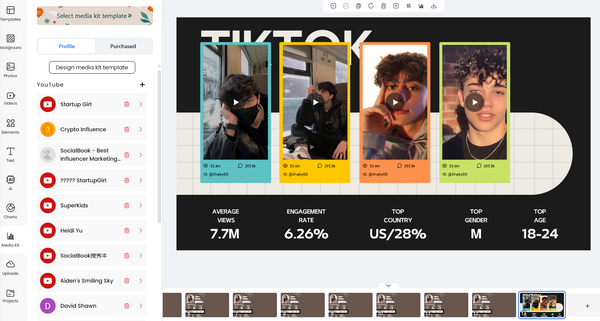Micro-influencers may have a modest following (typically between 10,000 and 100,000 followers), but their influence is significant. They boast higher engagement rates, greater relatability, and a closely-knit niche community. The best part? They are more cost-effective than larger influencers. Since you're already convinced of their value, let’s dive into the best strategies for finding micro-influencers for your brand.
1.Establish a brand ambassador program to attract suitable micro-influencers to your brand
Creating a brand ambassador program is an excellent strategy to attract influencers to you, rather than seeking them out. This approach appeals to micro-influencers who genuinely love your products and are interested in long-term partnerships.
For small brands with limited budgets and little experience in influencer marketing, SocialBook Product Launcher is an ideal solution. It helps connect small brands with micro-influencers, facilitating conversations and collaborations. Grow your brand with SocialBook Product Launcher today!
How SocialBook Product Launcher works?
1.Set up a SocialBook account and post your products
Sign up for a free SocialBook account and post your products with just a few clicks. Provide details about your brand, products, desired types of influencers, expected tasks, and budget. Then, just sit back and monitor your messages while we take care of the rest.
2.Finding matching influencers to collaborate
With over 180,000 micro-influencers using SocialBook, we have extensive data on their performance and interests. Our system will match your brand with relevant micro-influencers from our database and introduce your brand to them.
3. Influencers like your brand
If influencers are drawn to your products and feel your brand aligns with their style, they will apply to collaborate. You'll receive a list of interested influencers, complete with data to help you assess their compatibility and performance before committing to a campaign.
4. Approve influencers that fit you
Communicate directly with influencers through our platform to inquire about their interests or negotiate terms. If there's mutual interest, you’ve got a match! From there, you can take over to discuss further details like product shipping and more.
5. Influencer marketing management
Manage your campaigns efficiently with statuses like 'Approved', 'Ship Product', 'Launch Post', and 'Completed'. Our dedicated inbox system facilitates smooth communication between brands and influencers, ensuring the success of your campaign.
Why SocialBook Product Launcher?
Affordable price
Enjoy affordable pricing designed for small brands. Save thousands compared to expensive agencies by using our platform for superior results. Choose between flat fee or Pay-Per-Sale (PPS) options, both negotiable. Typically, it takes about 4 hours to find matching influencers.
100% application rate
Launching your product with SocialBook Product Launcher costs only $28. We currently boast a 100% application rate. You're welcome to enter the system and try it out for free.
180,000 verified micro influencer networks and database
SocialBook is the ultimate platform for brands looking to grow their business. We host a network of over 180,000 micro-influencers. Our time-saving tools make it easy to search, contact, and collaborate with influencers.
Ease of use and user-Generated content
Experience quick submission and clear process tracking. Simply monitor your messages and, upon agreement, you might use creator-generated content on your landing page, emails, or other marketing channels. There's also the potential to receive continuous content for your social media profiles, or to enhance your ads with these materials.
Enhanced safety
Secure your collaborations by signing contracts and conducting transactions through our platform. Build trust through influencers who genuinely interact with their audience.
2. Employ an influencer discovery tool
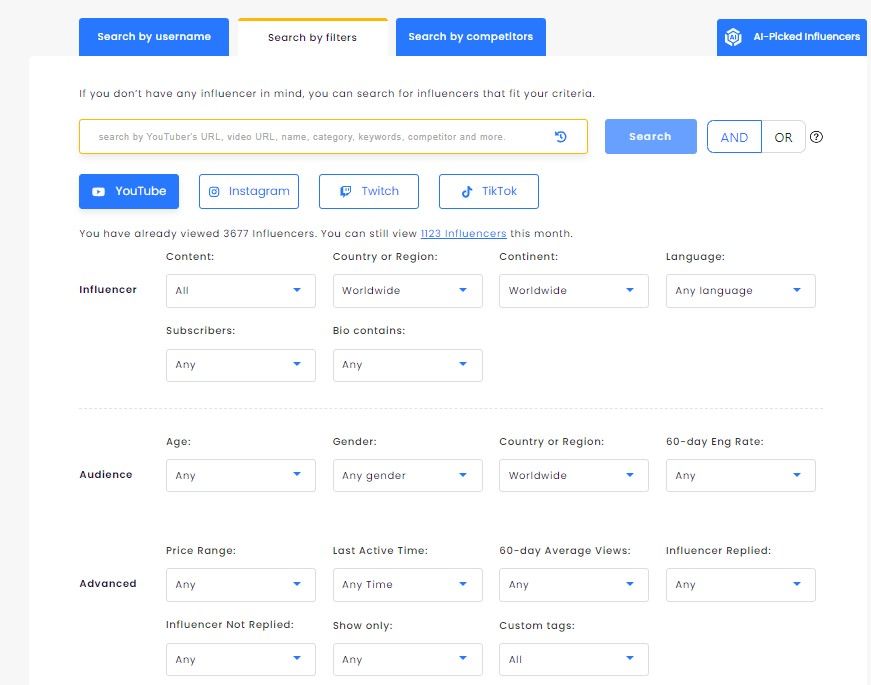
After running a search, SocialBook Influencer MKT PRO can also help you to analyze each profile that matches your criteria. Without even reaching out to the creator, you can instantly:
- Check audience demographics
- Check fake followers & engagement rate (including benchmarks vs. similar creators)
- Contact influencers by email or Instagram DM (in bulk)
- See most popular posts & hashtags used
- ...and more
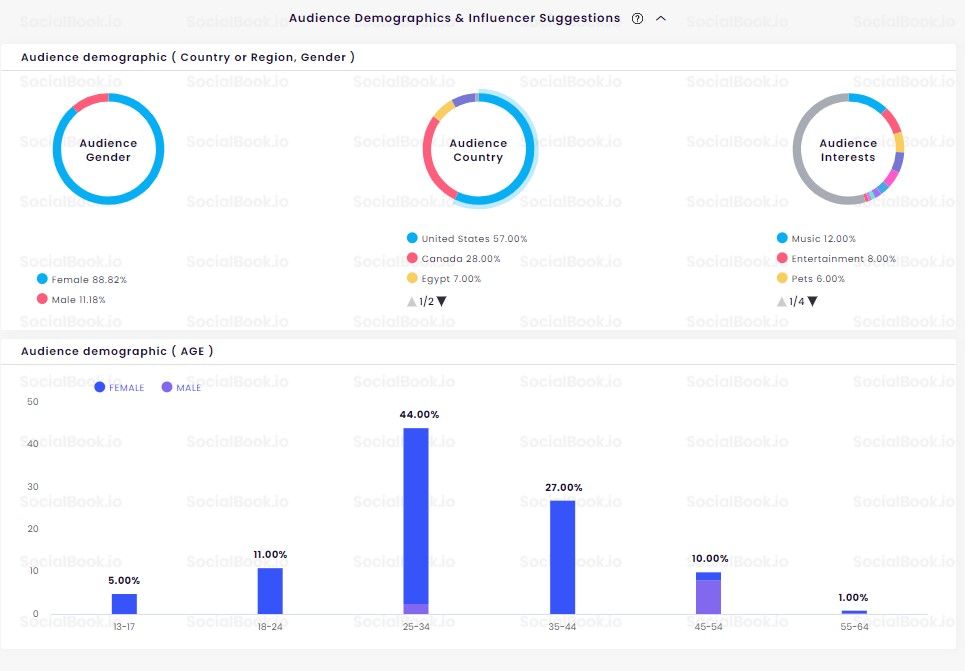
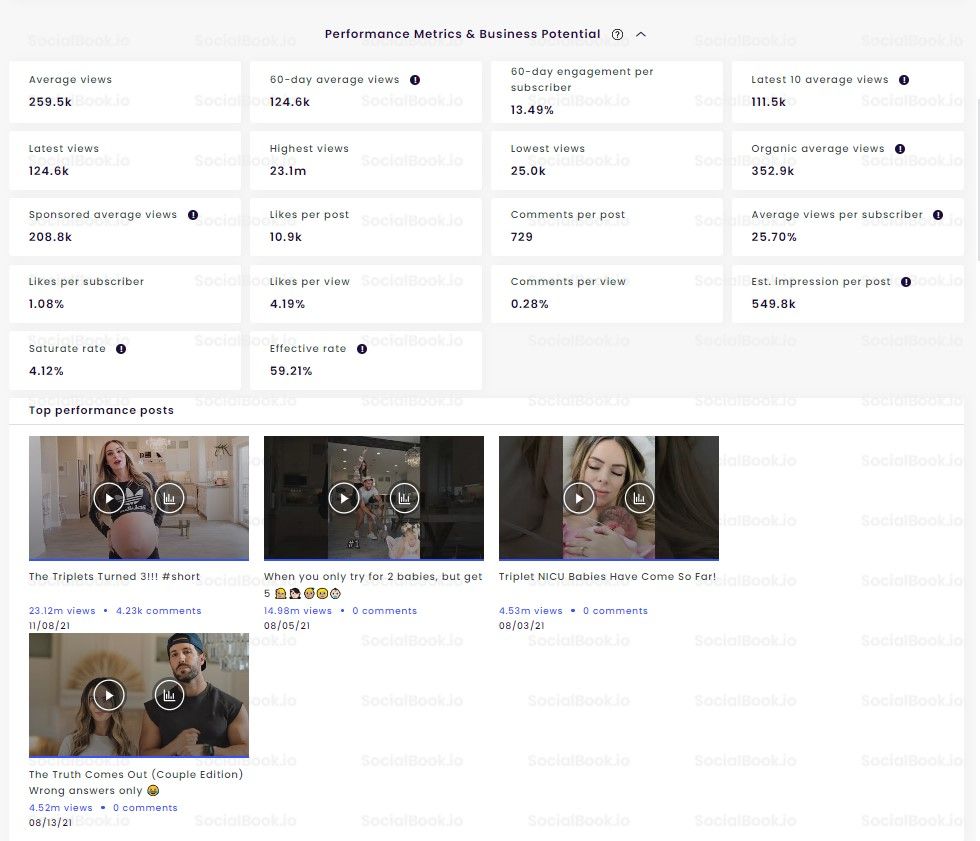
SocialBook also has features for:
- Integrating with Gmail, so you can manage your influencer outreach within the tool
- Integrating with Shopify and Amazon, so you can track promo code redemptions per creator
- Tracking competitor brand`s influencer content (who posted? what did they post? how did it perform?)
- Post Analysis, so you can see the demographic of the viewers and comment attitude.
3. Utilize the search feature and hashtags on social media platforms to your advantage
Creators use hashtags to enhance their content distribution. Many users follow or search for hashtags to discover content related to specific topics. As a brand, you can leverage hashtags to identify niche micro-influencers who resonate with your brand. Focus on three types of hashtags:
- Size: Look up #microinfluencer to find creators who fit this category.
- Category: Use hashtags relevant to your product or industry. For instance, if you sell skincare products, try hashtags like #skincareinfluencer, #skincarecreator, or #beautycreator.
- Location: Search for hashtags that specify the location of your ideal influencer, such as #nyccreator or #parisinfluencer.
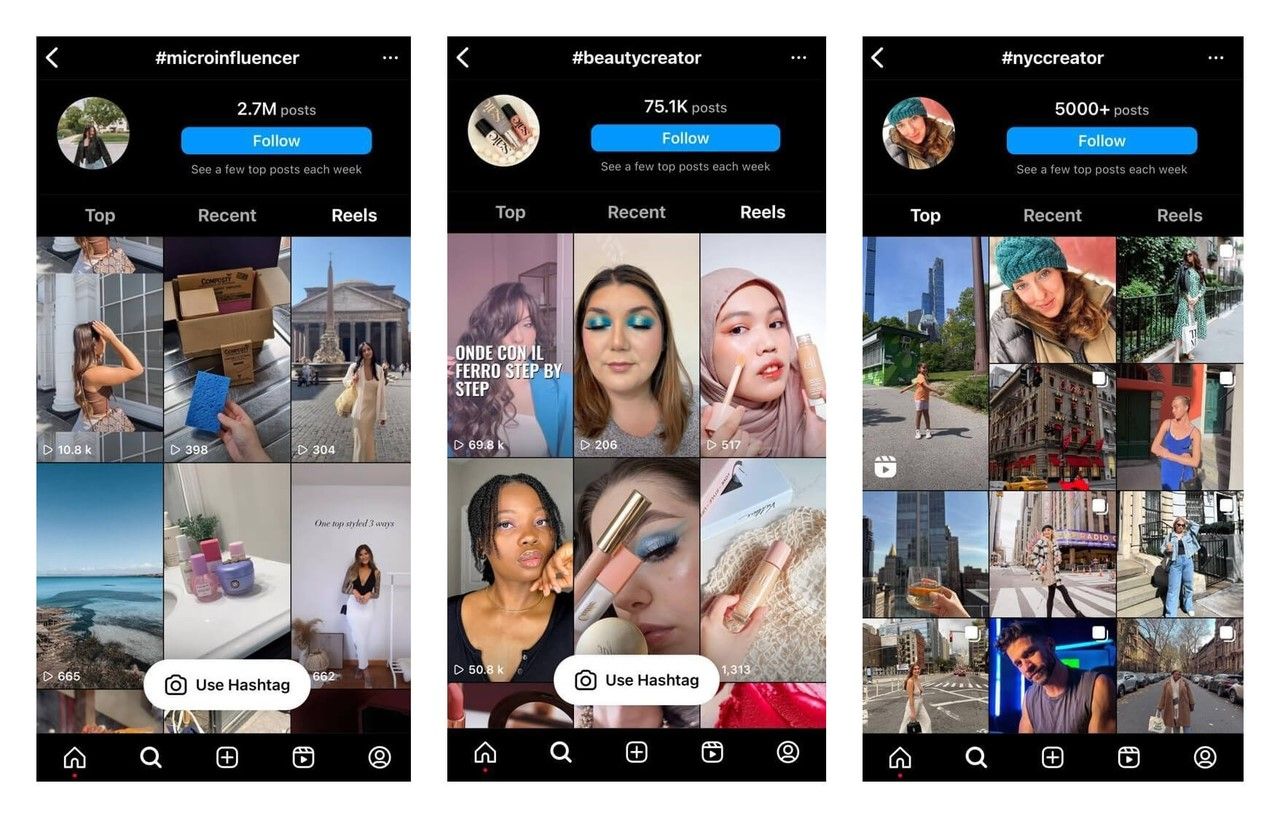
The hashtags you focus on should align with your brand and your goals for micro-influencers. If you’re a lifestyle brand, searching for general hashtags like #microinfluencers can help you find top-performing small creators. Local brands should use location-specific hashtags to discover local influencers. For niche products, category-specific hashtags are the most effective.
Your hashtag strategy will involve some trial and error. Search for all relevant hashtags you can think of and take the time to vet each influencer profile. Look for those with high views on Instagram Reels and TikTok videos to identify successful micro-influencers.
For YouTube, use the search function to find influencers using your target keywords. Ask yourself: what would my audience search for? For example, if you’re a fashion brand selling sustainable clothing in the US, search for “sustainable fashion brands US” to find creators whose videos rank highly in the search results.
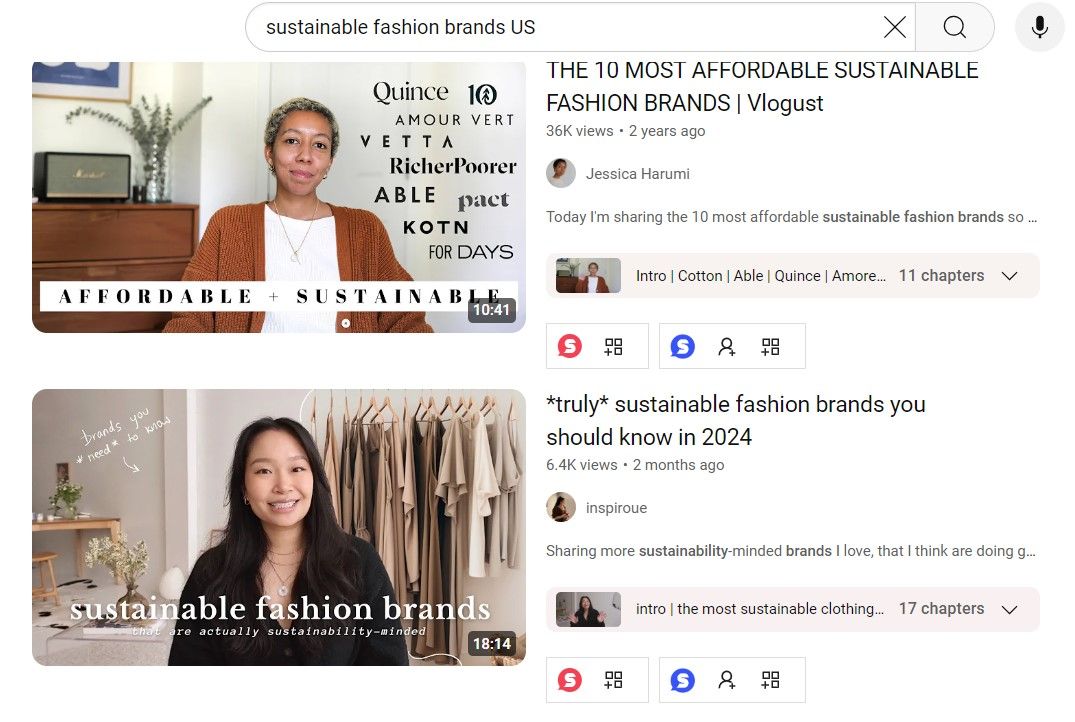
Both influencers whose videos are ranking are micro-influencers. (Jessica Harumi and Inspiroue have 10.9K and 86.7K YouTube subscribers, respectively, at the time of writing this article.)
Just like with hashtags, search for various keyword variations to find different micro-influencers, and manually examine each channel to ensure they meet your requirements. While Instagram's search functionality has improved, it still isn't as robust as YouTube's. When searching for keywords on Instagram, be prepared to screen creators more thoroughly to find the right fit.
4. Identify micro-influencers who are already generating user-generated content (UGC) for your brand or are already following you
Micro-influencers are often proactive in seeking out new products that could benefit their audience, generating user-generated content for brands they admire. Keep an eye out for small creators who are already posting reviews about your products or tagging your brand in relevant posts — they may already find your brand intriguing and your merchandise valuable.
For instance, consider Lily, a beauty and wellness micro-influencer, who casually incorporated BlendJet into her everyday photos without any prompting or compensation. With over 26K followers, she could be an ideal micro-influencer for BlendJet, as she already uses their product and has a decent audience size.
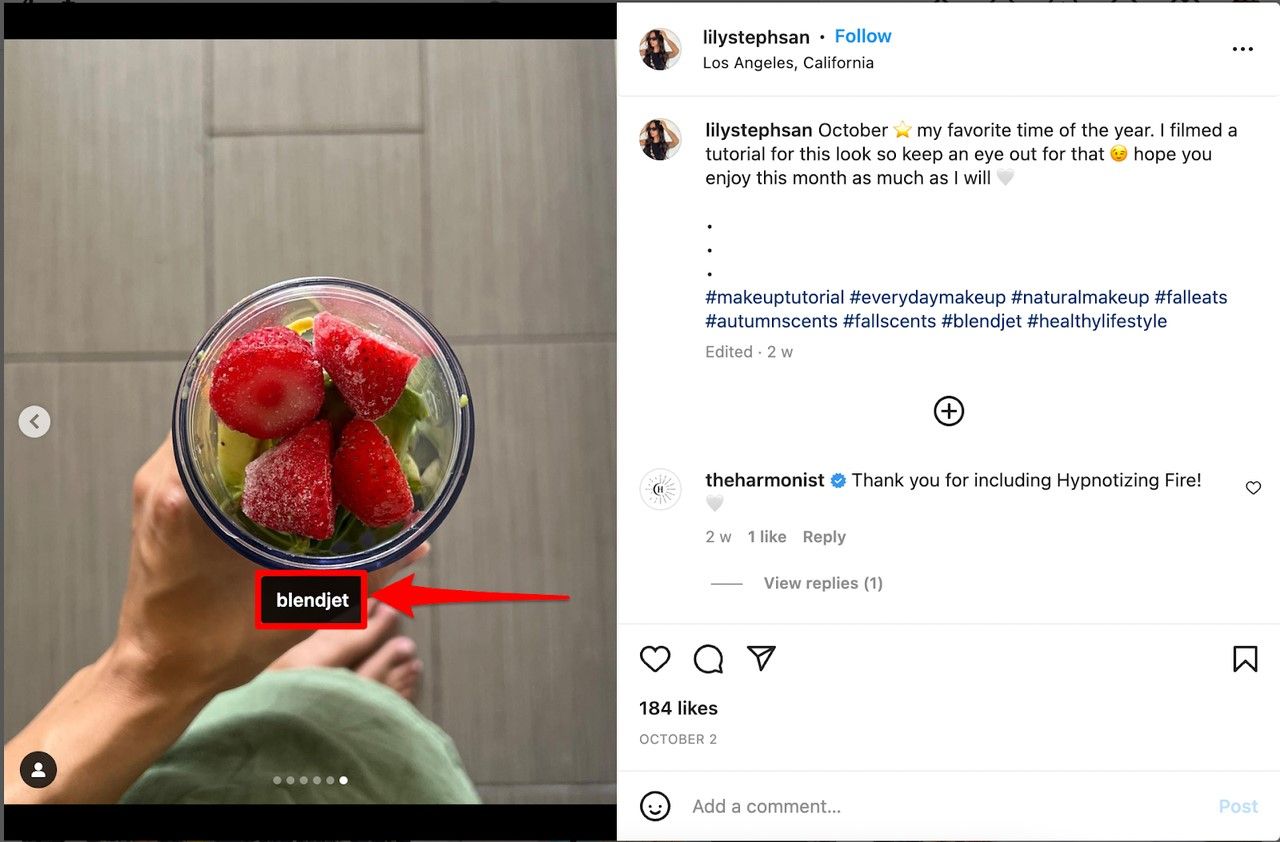
In addition to monitoring user-generated content, regularly scan through your list of followers. You might stumble upon a perfect-fit micro-influencer who is already interested in your brand. Collaborations with these influencers are likely to be organic and authentic, as they are already familiar with and enthusiastic about your brand. Furthermore, reaching out to these micro-influencers for collaboration is typically easier, as you already have an established connection with them.
5. Discover micro-influencers who operate within or are closely related to your niche
Teaming up with niche creators presents a valuable opportunity to amplify your influencer marketing endeavors. For instance, if your brand specializes in delivering healthy, nutrient-rich meals to people's doorsteps, fitness influencers naturally come to mind as ideal micro-influencers. However, busy moms who may not have the time to prepare nutritious meals for their children also fit the bill. Metabolic Meals recognized this and began collaborating with micro-influencers from both categories — from athletes like Allison to moms like Sharon.
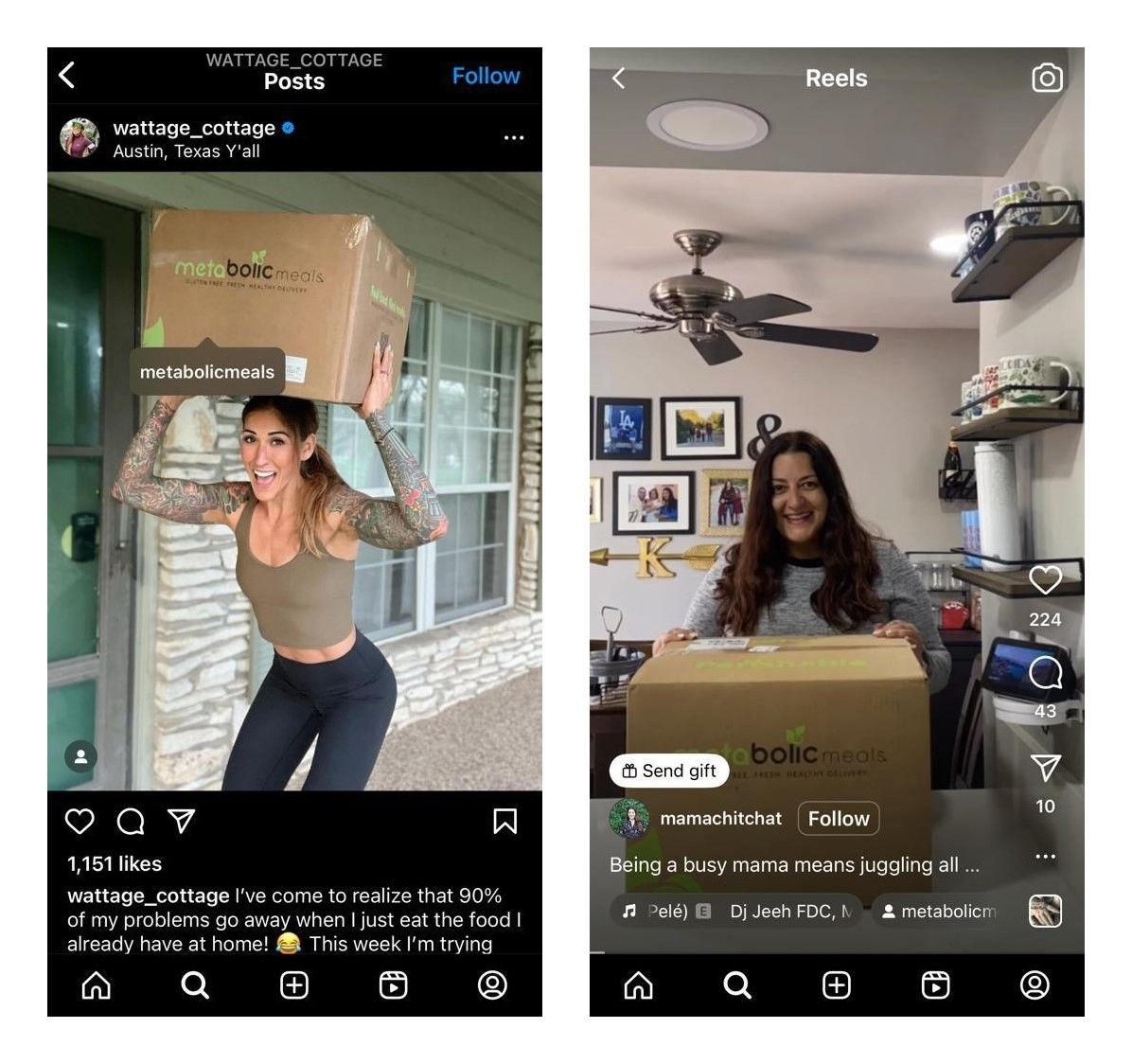
Rather than confining yourself to one specific niche, consider broadening your horizons and exploring adjacent categories to discover micro-influencers.
6. Identify micro-influencers who resemble those you admire or resonate with
Discover a micro-influencer you admire? Use the "down" arrow feature on platforms like Instagram and TikTok to find others who share similar traits or content styles.
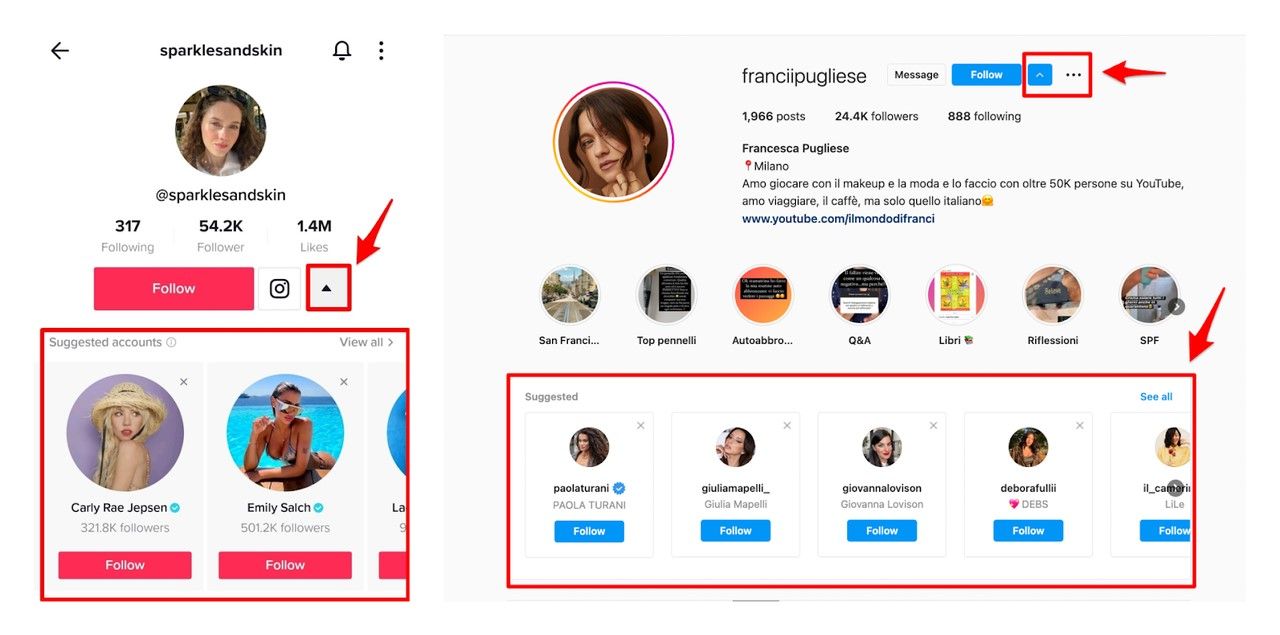
These creators likely share a similar audience and create comparable content.Other methods to discover micro-influencer doppelgangers:-With prolonged scrolling on Instagram and TikTok, the algorithm may start showcasing similar influencers on your Explore or For You page.-Micro-influencers frequently collaborate with one another to expand their reach. If you've found a micro-influencer you admire, browse through their posts to see if they've collaborated with others.-While YouTube lacks a similar arrow feature, you can look for "related" videos on the right-hand side to uncover creators producing content on similar topics.
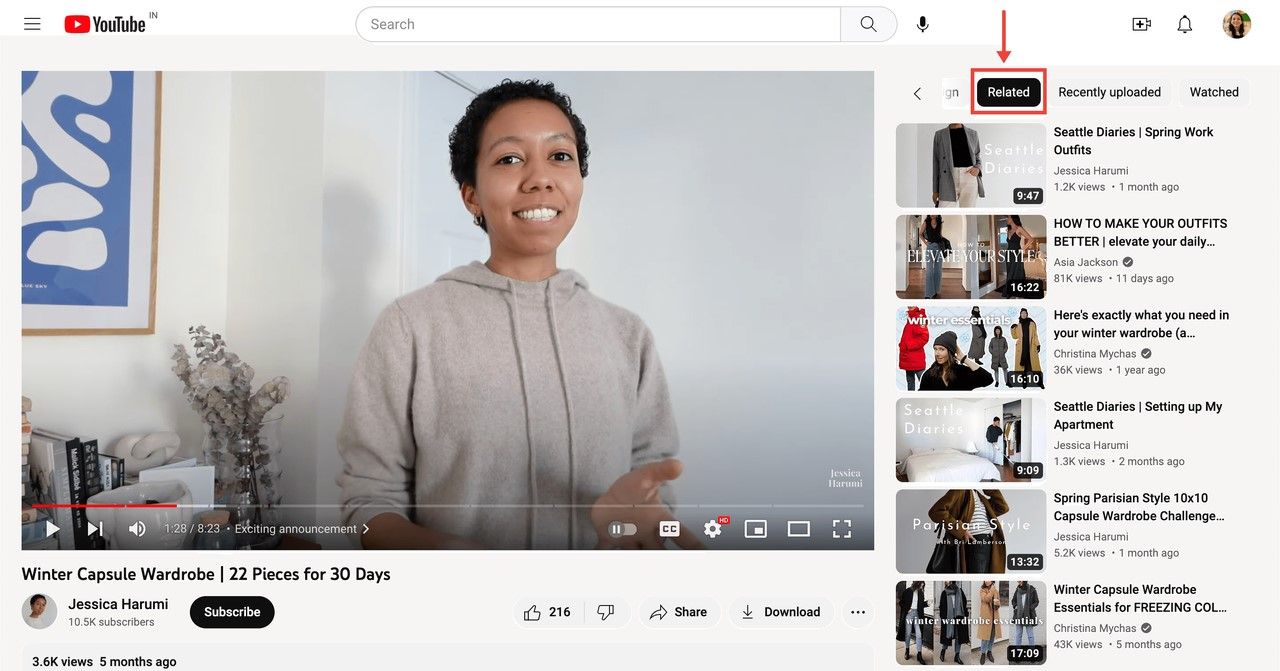
7. Seek referrals from your existing network or contacts
The influencer marketing industry is a closely-knit community. If you're no stranger to micro-influencer marketing, consider reaching out to your contacts for recommendations. They may have suggestions or know mutual micro-influencers who align well with your brand.
Even nano-influencers or macro-creators might be aware of micro-influencers who would be a good fit for your brand.
Here's a customizable script you can use:
"Hey [influencer name],
We thoroughly enjoyed collaborating with you on [mention specific campaign details] and are eager to explore future opportunities together!
In the meantime, we're on the lookout for micro-influencers on [social media platform]. Your insights would be invaluable in connecting us with creators who meet our criteria. Specifically, we're seeking micro-influencers who [mention specific requirements such as niche, engagement rate, etc.].
Do you happen to know anyone who might be a great fit for [company name]? No pressure if not!
Looking forward to hearing from you soon,
[Your name]"
⚡ Pro-tip: Don't forget to check the comment sections of macro-influencers' posts. Sometimes, micro-influencers in the same niche engage there. While it's not a scalable approach, you might stumble upon an excellent micro-influencer.
For example, check out the comments by similar-niche micro-influencers on macro-influencer Sophie Marie's post. Siân (@wavycurlysian) boasts 41.7K followers, and Julian Ann (@curlieswithjulia) has 95.9K followers at the time of writing this article.
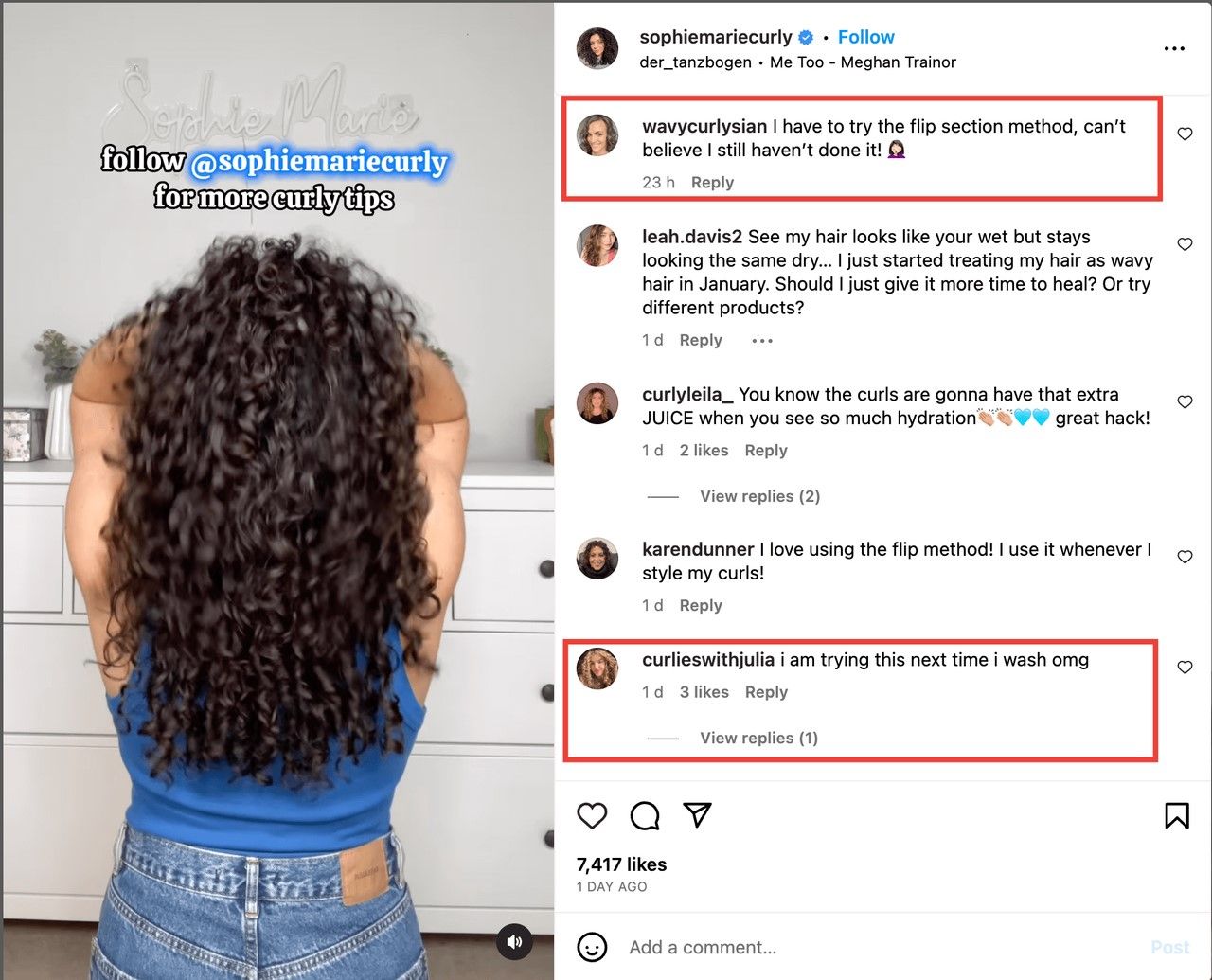
8. Collaborate with an influencer marketing agency
The influencer marketing industry is teeming with agencies that specialize in connecting brands with the perfect micro-influencers. Partnering with a reputable influencer marketing agency offers several advantages. Firstly, they're experts in their field, providing assurance that your investment won't be squandered. Additionally, these agencies handle the bulk of the work for you — from scouting influencers and managing payments to drafting contracts and nurturing relationships.
However, there are drawbacks to consider. Working with an agency can strain your budget, and there's no guarantee that they'll have a sufficiently large database of micro-influencers suitable for your brand.
If you have the financial means, you can mitigate some of these drawbacks by conducting thorough research before selecting an influencer marketing agency. Ask pertinent questions such as:
- What is the agency's specialty? Some agencies excel in specific industries, like fitness brands, while others may focus on particular platforms, such as Instagram.
- Who are the key individuals behind the agency? An agency led by industry experts with a track record of successful influencer marketing campaigns is a promising sign.
- How extensive is the agency's influencer network? Some agencies rely solely on their internal pool of influencers, while others employ a meticulous approach involving tools and manual vetting to access a broader spectrum of micro-influencers. Opting for the latter ensures access to a diverse array of potential collaborators.
SocialBook, as the world's first influencer SaaS platform, has accumulated over 100 million influencer resources by 2024, serving more than 50,000 brands. With a diverse range of influencers across all categories worldwide and a professional marketing implementation team, we empower your brand's promotion efforts.
9. Explore options through Google and ChatGPT
While it may require some effort, you can discover lists of top micro-influencers through Google. Simply enter "your industry + micro-influencer" into the search bar, and you'll receive a compilation of articles (like this one) outlining the specifics of each influencer.
If you choose to utilize Google for your search, prioritize recent articles. Why? The influencer marketing landscape evolves rapidly. An influencer who is rapidly gaining traction could ascend from a nano to a micro to a macro-influencer by the time you read the article.
The solution is straightforward: navigate to the "tools" option below the search bar and adjust the timeline to "past year" or "past month." This will filter the results to display only articles published within your selected timeframe.
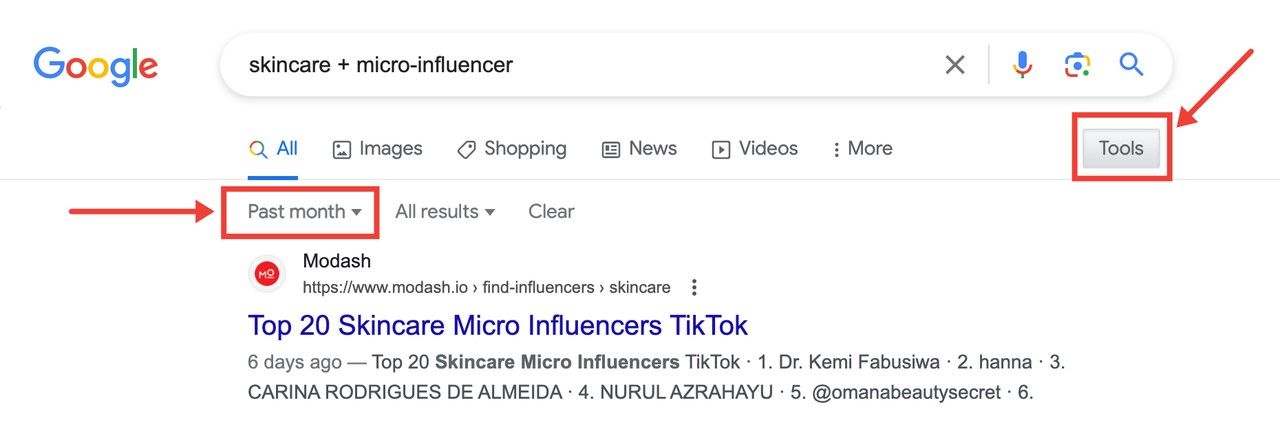
Don't limit yourself to just a couple of articles. Explore as many as possible to uncover unique and lesser-known micro-influencers worth evaluating.
Additionally, leverage ChatGPT for assistance. You can opt for a simple request like "tell me 10 micro-influencers in the {industry}" or use a more detailed script to refine your search.
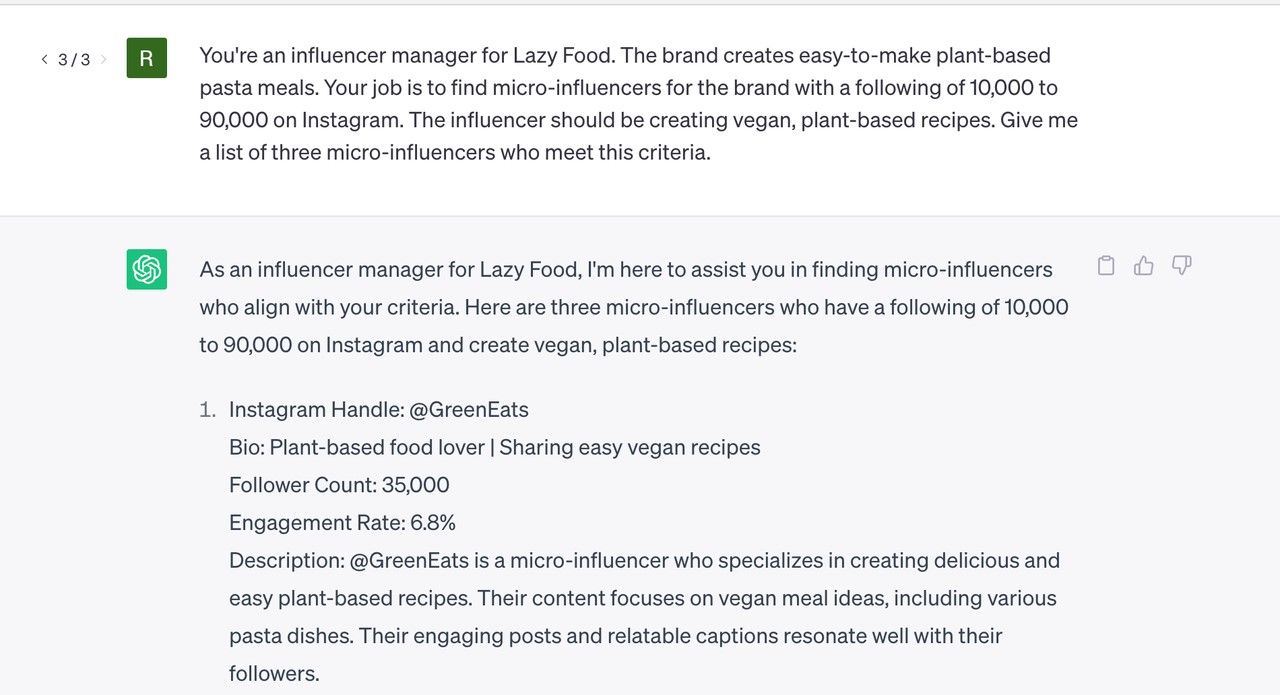
If you prefer a detailed approach, here's a script you can customize:
"Hello, I'm an influencer manager representing {your company}, which specializes in {the product you sell}. My task is to identify micro-influencers for our brand with a following ranging from 10,000 to 100,000 on Instagram. We are particularly interested in influencers who create {the type of content your ideal micro-influencer would create}. Could you please provide a list of three micro-influencers who meet these criteria?"
However, it's essential to note that ChatGPT has been known to suggest micro-influencers who may not actually exist.
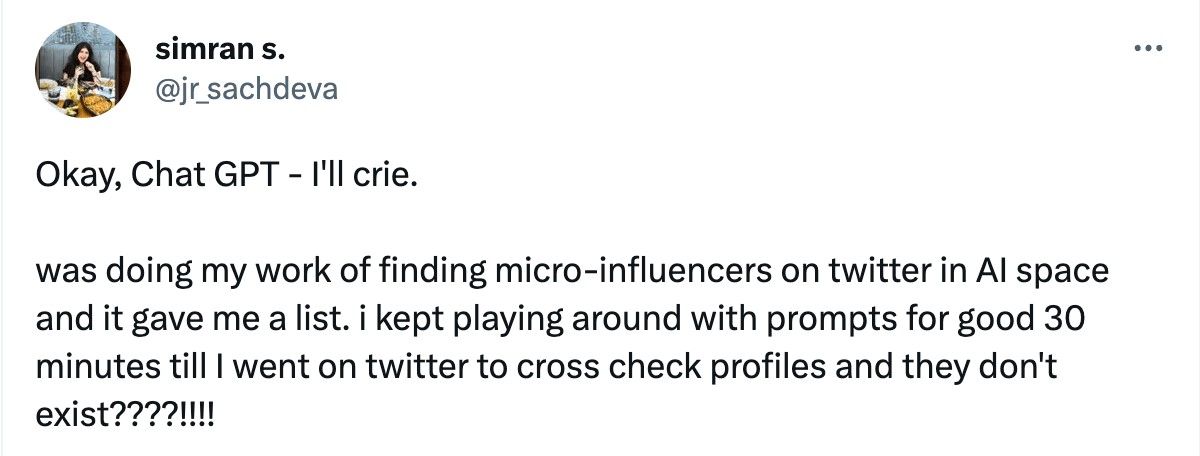
Before proceeding with the prompts, ensure to cross-check the list to minimize wasting time on non-existent influencers.
10. Explore micro-influencers who are broadening their social media footprint
Today, creators are diversifying their revenue streams by establishing a presence across multiple social media platforms. A macro-influencer on TikTok, for instance, might be in the early stages of repurposing their content on Instagram. Similarly, a YouTuber might be venturing into creating short-form video content for platforms like Instagram and TikTok.
The key is to identify these influencers at the opportune moment when they are expanding their business and beginning to cultivate a presence on other platforms.
For instance, consider productivity influencer Mariana Vieira, who boasts over 765K subscribers on YouTube but has only 40.7K followers on Instagram.
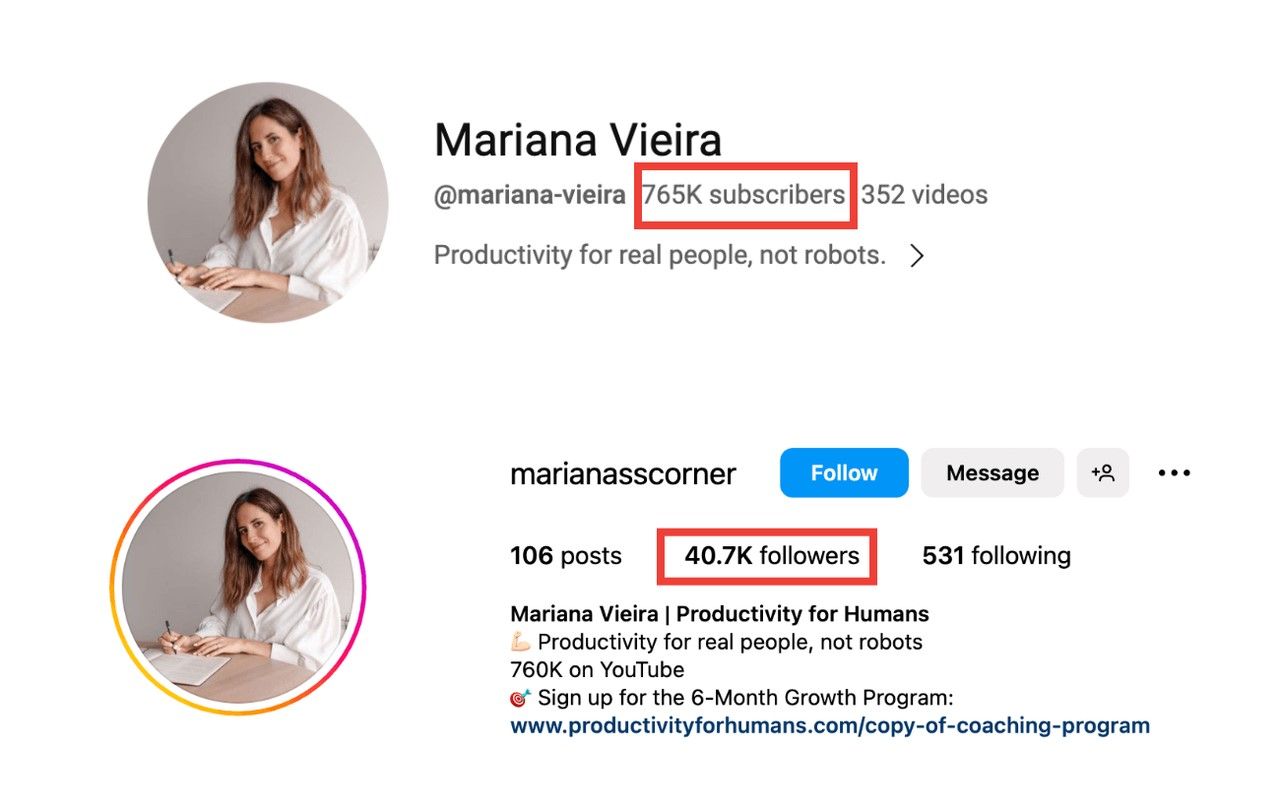
A brand whose target customers align with Mariana's followers simply needs to locate her and approach her for sponsored Instagram content. Currently a micro-influencer on Instagram, Mariana is likely to be more affordable, but her following will likely catch up to her YouTube audience soon if she maintains consistent posting.
The greatest benefit of this approach is that you're partnering with micro-influencers who exhibit a level of professionalism akin to macro-influencers. They possess the skills to engage audiences, create valuable content, and handle administrative tasks like video editing.
However, this method is not easily scalable and requires a high level of online presence to keep track of both small and large influencers in your industry.
⚠️ Remember to verify if the influencer maintains consistent activity on both platforms. They may use one social media platform purely for personal enjoyment.
11. Solicit recommendations from your customers
Your customers serve as an invaluable resource for identifying trusted micro-influencers. Consider who they rely on for product recommendations within your industry. There's a strong likelihood that there's a similar untapped market among the followers of these micro-influencers.
Here's how you can ask your customers for micro-influencer recommendations:
- Incorporate a "How did you hear about us?" inquiry into every post-purchase survey. You may be surprised to uncover the name of a micro-influencer who recommended your brand.
- Scrutinize the social media following lists of some of your customers to identify micro-influencers they actively follow.
- Conduct a customer survey to inquire about the social media accounts your buyers follow and which micro-influencers they place their trust in.
Micro-influencers are the ultimate game-changers!
Micro-influencers are currently in the spotlight, and rightfully so. In the vast sea of influencers numbering anywhere between 3.2 million to 37.8 million worldwide, uncovering the right micro-influencers that align with your brand can feel like searching for treasure amidst debris. Fortunately, this guide equips you with all the necessary resources to embark on your quest for relevant micro-influencers for your brand.
Even better, with SocialBook, diving into influencer marketing is more accessible than ever. With no steep learning curve, comprehensive data covering the 4 major influencer marketing platforms, and an all-in-one tool to streamline every aspect of your influencer marketing campaign, SocialBook simplifies the process. Explore the power of SocialBook today and witness how it can revolutionize your influencer marketing endeavors.



